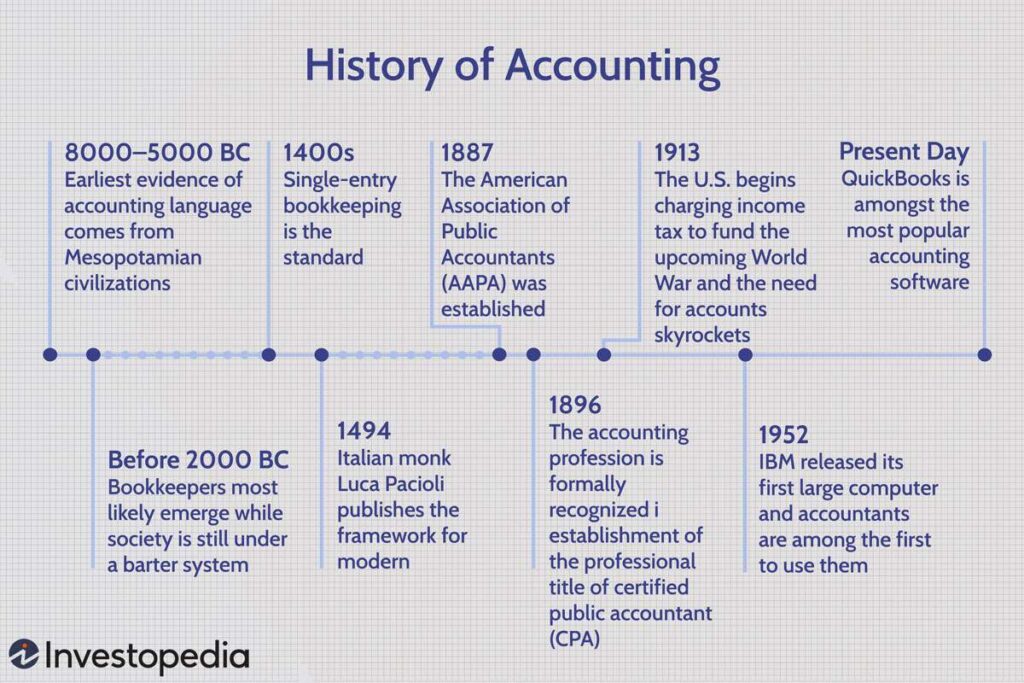Game development tools have been evolving since the early days of BASIC programming language in the 80s and 90s to current game engines, like Unity and Unreal, that provide a full suite of tools. Game developers can now create fully-realized 3D worlds in just weeks with the help of middleware, which provides pre-built components such as physics engines, animation systems, and networking tools. The future of game development may see advancements in AI, making NPCs more engaging, and gameplay even more challenging. With new technologies emerging, the future of game development looks bright.
The Evolution of Game Development Tools: A Look at the Past and Future
Games have come a long way since the days of Pong and Space Invaders. As technology has advanced, so have the tools used to make games. From text-based adventures to 2D side-scrollers to fully-realized 3D worlds, game development tools have constantly been evolving to meet the needs of game developers and players alike. In this article, we’ll take a look at the history of game development tools, as well as what the future may hold.
The Early Years
In the early days of game development, tools were minimal. Programmers had to build everything from scratch, using low-level programming languages like Assembly and C. This made game development a slow, tedious process that required a great deal of technical expertise. Even simple games were a lot of work to create.
As computers became more powerful during the 80s and 90s, game development tools began to emerge that made the process easier. One of the first widely used game development tools was BASIC, a programming language that was easy to learn and use. BASIC allowed game developers to create simple games without needing a deep understanding of computer hardware or programming concepts.
Another important development during this time was the emergence of game engines. These engines provided a set of tools and rules that allowed programmers to create games with less effort. They included physics engines, rendering engines, and other components that made game development faster and easier.
The Rise of 3D
The late 90s and early 2000s saw a shift in game development towards 3D. As graphics cards became more powerful, game developers began to create games with more realistic graphics and environments. This created new challenges for game developers, as they had to create more sophisticated game engines to handle the demands of 3D graphics.
During this time, the first 3D game engines emerged, such as the Quake engine and the Unreal engine. These engines allowed game developers to create complex 3D environments with ease, providing a solid foundation for the development of games like Half-Life, Deus Ex, and Halo.
The Modern Era
Today, game development tools are more advanced than ever. Game engines like Unity and Unreal provide a full suite of tools for game developers, including physics engines, rendering engines, and AI systems. These engines make it possible for developers to create fully-realized 3D worlds in a matter of weeks, rather than months or years.
Another important development in modern game development is the rise of middleware. Middleware provides pre-built components that game developers can use to speed up development. This includes things like physics engines, animation systems, and networking tools. Middleware has become an essential part of game development, allowing developers to focus on creating unique gameplay experiences rather than worrying about the technical details of the game.
The Future of Game Development Tools
As technology continues to evolve, so will game development tools. It’s likely that we’ll see more powerful game engines and middleware emerge in the coming years, making game development even easier and faster.
One area where we may see big advancements is in AI. As AI becomes more sophisticated, game developers will be able to create more realistic and engaging NPCs, as well as more complex and challenging gameplay experiences. We may also see more tools emerge that allow non-programmers to create games, as game development becomes more accessible to a wider audience.
Conclusion
The evolution of game development tools has been a long and fascinating journey. From the early days of BASIC programming to the sophisticated game engines of today, game developers have constantly been pushing the boundaries of what’s possible. With new technologies like AI and machine learning on the horizon, the future of game development looks brighter than ever.
